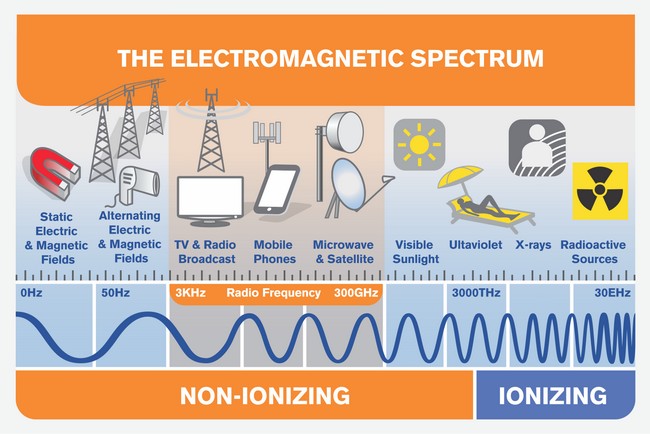Now a new study in the journal Environmental Science and Technology says its possible that humans may be consuming anywhere from 39000 to 52000 microplastic particles a year. Since many humans eat seafood we are in turn also ingesting microplastics.
 Environmental Exposure To Microplastics An Overview On Possible Human Health Effects Sciencedirect
Environmental Exposure To Microplastics An Overview On Possible Human Health Effects Sciencedirect
They are also present in certain cosmetics toiletries and toothpaste.

Microplastics in humans. But as this is rarely put into perspective the recent debate has created a skewed picture of human plastic exposure. In addition humans might also. A study published in Science Direct found that consumer-grade mussels in Europe could contain as many as 90 microplastics.
For the first time microplastics were detected by Raman microspectroscopy in human placentas. The human body is exposed to microplastics through ingestion of food containing microplastics inhalation of microplastics in the air and by dermal contact of these particles contained in products textiles or in the dust Fig. The microplastics probably entered the womens bodies through ingestion and inhalation and then translocated to the placentas the study suggests.
Microplastics are known to cause inflammation infertility and cancer in animals but little is understood yet about their effect on human health. National Oceanic and Atmospheric Administration NOAA and the European Chemicals Agency. Microplastics are fragments of any type of plastic less than 5 mm in length according to the US.
However whether these contaminants pose a substantial risk to human health is far from understood. They enter natural ecosystems from a variety of sources including cosmetics clothing and industrial processes. Humans do ingest microplastics and they do at least pass through the digestive system as evidenced by the finding that they were widely found in fecal samples from people all over the world.
In at least some. Maternal fetal and amniochorial membranes. Microplastics from food products and beverages likely only constitute a minor exposure pathway for plastic particles and associated chemicals to humans.
For example any microplastic larger than 150 microns or 015 millimetres the size of fine sand grains should be able to pass through our body without any issues. Take mussels for example. Microplastic and nanoplastic particles are now discoverable in human organs thanks to a new technique.
There is another area of concern that is worrying researchers however. Microplastics will move with currents and will be found throughout the oceans. Microplastics are small pieces of plastic that are found in the environment.
Microplastics have polluted the entire planet from Arctic snow and Alpine soils to the. The effects of microplastics on humans. Microplastics have already been found in birds and fish and whales so it should have come as no surprise that they have now been discovered in humans.
Microplastics are widespread contaminants. Revel et al 2018. Apart from threatening the health of aquatic life microplastics ultimately affect human health.
The problem occurs when we get to even smaller particles. Recent evidence indicates that humans constantly inhale and ingest microplastics. Microplastics as the name implies are tiny plastic particles.
Microplastics were found in all placental portions. Particles of microplastic have been found in samples of tap water from around the globe and in some of the seafood and sea salt that we eat. Microplastics carry with them substances which acting as endocrine disruptors could cause long-term effects on human health.
Not all studies conclusively found that microplastics were harmful to humans. Microplastics are tiny pieces of plastic that come from bigger pieces of plastic that have disintegrated or from products like exfoliants or clothing. The ubiquity of microplastics plastic particles human health 1 1 3 2.
According to the study it is possible that humans may be consuming around 39000 to 52000 particles of microplastic per year. They are defined as plastic particles less than 02 inches 5 mm in diameter. There are two categories of microplastics.
Humans have spread microplastics to virtually every ecosystem on the planet from the deepest chasms in the sea to the most remote wilderness on land. They are either produced as small. Shown the presence of microplastics in certain products.
When plastic bottles and containers end up in the ocean they are exposed to sunlight and start to breakdown. Today there is nowhere left to hide and each year we humans receive a hearty dose of our own medicine. A new study has found microplastics present inside human placentas which could potentially affect fetal health and development.
Officially they are defined as plastics less than five millimeters 02 inches in diametersmaller in diameter than the standard pearl used in jewelry. BPA is a notorious reproductive toxicant that.

/reasons-animals-go-extinct-3889931_final2-d89c006ce17e474686c5d9dc63c8effd.png)

